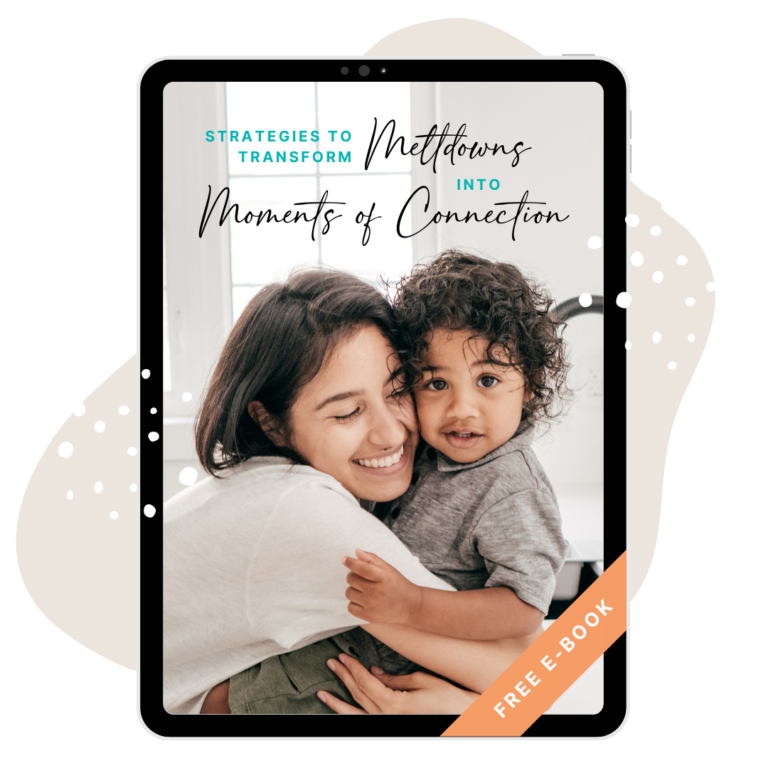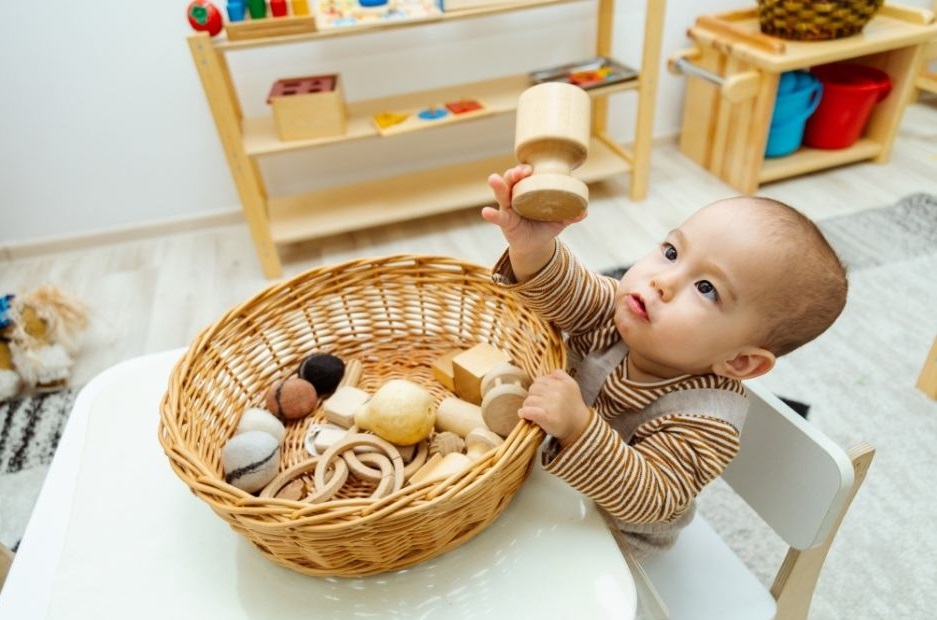Anxious behavior is common in children, especially as they encounter new environments or situations. Most children learn to cope with different worries and fears with coping strategies including avoiding particular situations, becoming withdrawn, or clinging to parents. Sometimes, however, a child may need a little extra support. Signs your child may need additional support include when they feel more anxious about things in comparison to other children their age, when their worries interfere with everyday activities, or when they have worries and fears that seem disproportionate to the experience. Other signals include sleeplessness, stomachaches, headaches, excessive complaining, and crying. It is important to provide support early if you notice any of these signals. In addition to professional help, there are many things you can do to support your child during this time.
Top 10 Strategies to Effectively Manage Kids’ Anxiety
1. Teach your child to accept worries as a part of life.
Talk openly with your child during a time when they are calm and relaxed. Explain how everyone, including adults, teachers, and leaders have worries. Let them know that everyone has times when they feel happy, calm, worried, annoyed, and so on. Tell them about a time when you were worried, but overcame it using coping strategies. This helps to normalize anxiety for your child and lessens any stigma or fear around it.
2. Teach your child who they can go to for help.
Brainstorm a number of people who your child can go to when they feel like their worries are becoming too much. If their worries happen when you are away, make sure to include other caregivers or teachers. Explaining to your child that there are several people they can go to for support and to help them feel calm, it will help them to feel less alone and fearful.
4. Brainstorm calming / relaxation techniques with your child.
Create a list of things your child can do when they are feeling worried. If they are old enough, involving your child in making this list and asking them what helps them feel calm is a great idea! Make sure the calming strategies are specific to your child including things they enjoy doing and items, people, or places they can go to or imagine in their head to find inner peace and tranquility. Drawing a photo to represent one or two of these activities and hanging it in your child’s room as a visual reminder can also be helpful. Practice the calming techniques with your child when they are not worried so they become automatic go-to strategies for them to use when you’re not available.
5. Keep routines consistent.
Practice the calming techniques with your child when they are not worried so they become automatic go-to strategies for them to use when you’re not available.
6. Get enough sleep.
Research shows that getting enough sleep improves the brain’s function and wellbeing. Children with worries need enough sleep to store and release memories and learning from the day before. It also helps them to wake up feeling fresh and revitalized for a new day of experiences.
7. Create positive affirmations.
Affirmations are incredibly powerful for reprogramming the brain and reducing the impact of your child’s anxieties. Create your own or download a free list of affirmations online. When your child chooses positive words or phrases which resonate with them, they become hers. It may be helpful to your child for you to write their affirmations on a sheet of paper that they can decorate and display in their room as a visual reminder for them to reference when they begin to feel worried.
Discover practical, easy-to-implement strategies to gently navigate your child’s emotional outbursts, while maintaining your own sense of calm.
8. Positive Reframing.
Reframing is a technique that allows a child to change a worry in their head into a positive statement or feeling. Changing their thoughts is powerful and effective, stopping a snowball effect of negative thoughts and feelings. Model this process for your child by sportscasting your internal thoughts and feelings – “I’m a bit worried about my big meeting today. Hold on, I’m going to change that worry into something positive. I’m going to say I know I will do great in my meeting. I’m prepared and I can’t wait to show off my ideas. That feels so much better!” Help your child practice reframing a worry they have.
9. Teach problem solving.
Having a growth mindset is one antidote to anxiety. It involves being able to see a problem or a challenge as something that one can overcome with the right tools. Teach your child that they have the tools inside themselves to build their inner conviction and confidence. Let them know it just requires a little thinking and problem solving. Practice by using phrases like “Ah, I see a problem! Let’s solve it.” Brainstorm ways or tools for your child to use. “What would happen if we did Y?” These are strong statements that your child can begin using in situations when they begin to feel anxiety.
10. Boost your child’s confidence.
There are many ways to grow a child’s confidence. Use specific praise when they accomplish something such as “Wow! You built a tower!” or “You poured your water all by yourself!” You might ask your child to complete a job for you and then let them know when they have accomplished it. Highlight their strengths in as many areas as possible. Talk about them positively to other adults and let them overhear you. Let them know they are a valued part of your family and that you are all in this together.

Stephanie Pinto is an Emotional Intelligence coach who specialises in helping parents to create an Emotionally Intelligent family culture at home. She is a certified Emotional Intelligence specialist, is a trained paediatric anxiety therapist, and practiced as a Speech Pathologist for 10 years. Stephanie is the Child Behaviour Specialist for Australia’s Nurture Parenting Magazine. She has also been featured on international parenting summits including Health, Wealth, Wisdom Parenting Conference, FamSummit and Calming the ADHD Chaos Conference. She supports parents in learning how to manage their emotions, frustrations and stress so that they are happier, calmer and connect more deeply with their kids. Stephanie also helps parents to raise emotionally intelligent kids, who are self-aware and manage their emotions and behaviour.
www.stephaniepinto.com • FB: www.fb.com/stephpinto • IG: @stephpinto1 • FB Community: Let’s Raise Emotionally Intelligent Kids • YT: Stephanie Pinto EQ





